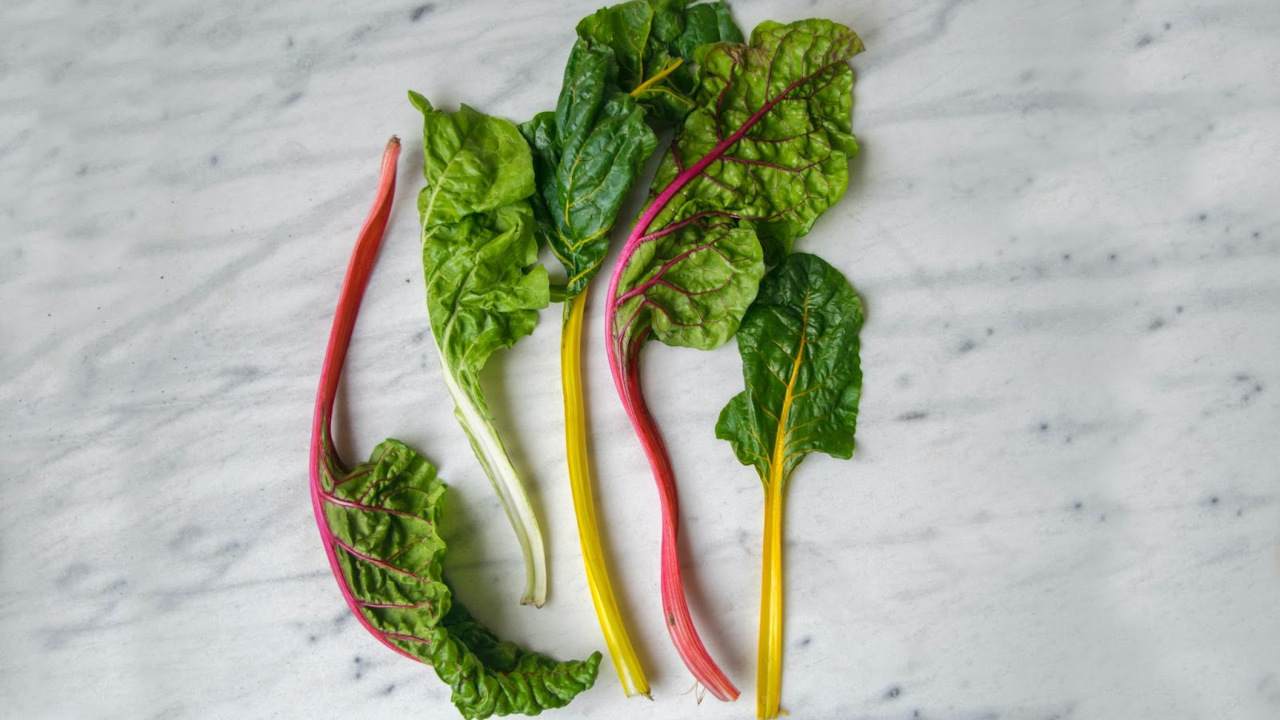Food waste is a major problem around the world, with an estimated one-third of all food produced globally going to waste. Not only is this a waste of resources and a contributor to greenhouse gas emissions, but it also means that many people go hungry or lack access to nutritious food.
Fortunately, there are many simple and effective ways to reduce food waste in the kitchen. In this article, we share 25 genius kitchen hacks to help you make the most of your food and minimize waste. It's not only good for the environment -- it'll save you big bucks.
Store leftovers in clear containers
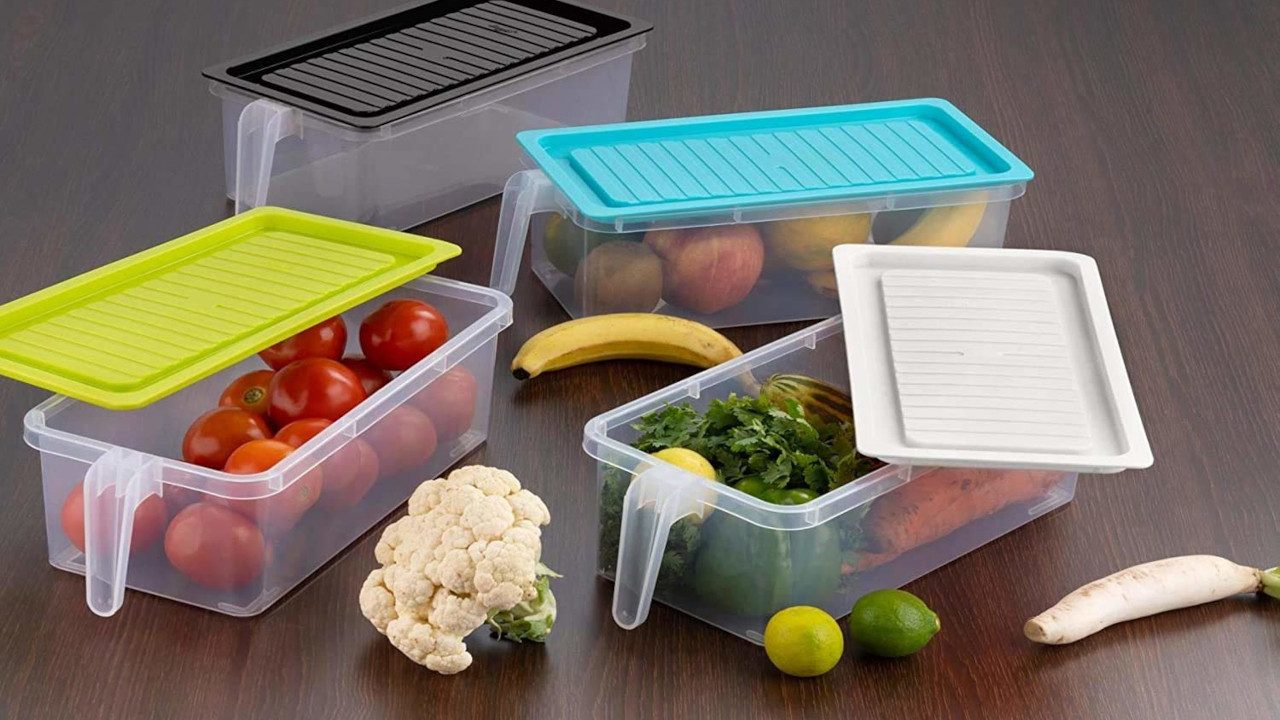
To avoid food waste and easily keep track of your leftovers, store them in clear glass jars or containers. Having a cluttered fridge full of colored containers make it difficult to remember what foods you have, and sometimes it can be difficult to determine what is inside opaque containers. Organizing your leftovers in clear containers will remind you to use them before they go bad and ultimately reduce your food waste. Trust us, this little organization tip adds up to a LOT of savings over time!
Add oil, vinegar, herbs and spices to the dregs of a mayo jar and shake
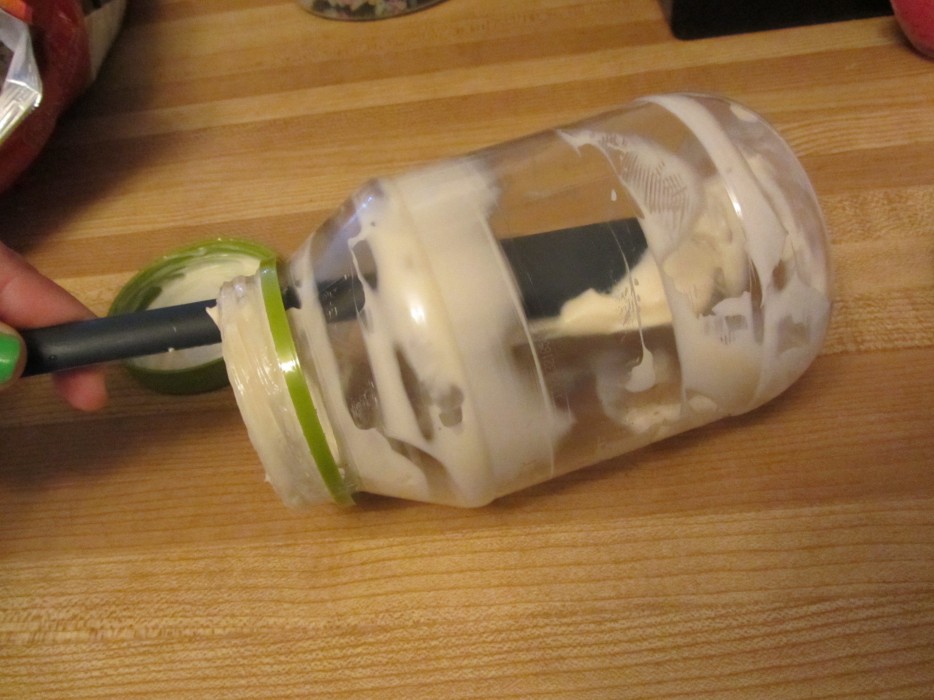
Don't throw away the remaining mayo in a jar; instead, add oil, vinegar, herbs, and spices to it and shake it to create instant creamy salad dressing. This not only prevents waste but also ensures that the jar is clean and can be recycled. You can also use the remaining mayo to make homemade mayo or aioli by adding an egg yolk and some lemon juice.
Use a Food Hugger to keep nubs fresh
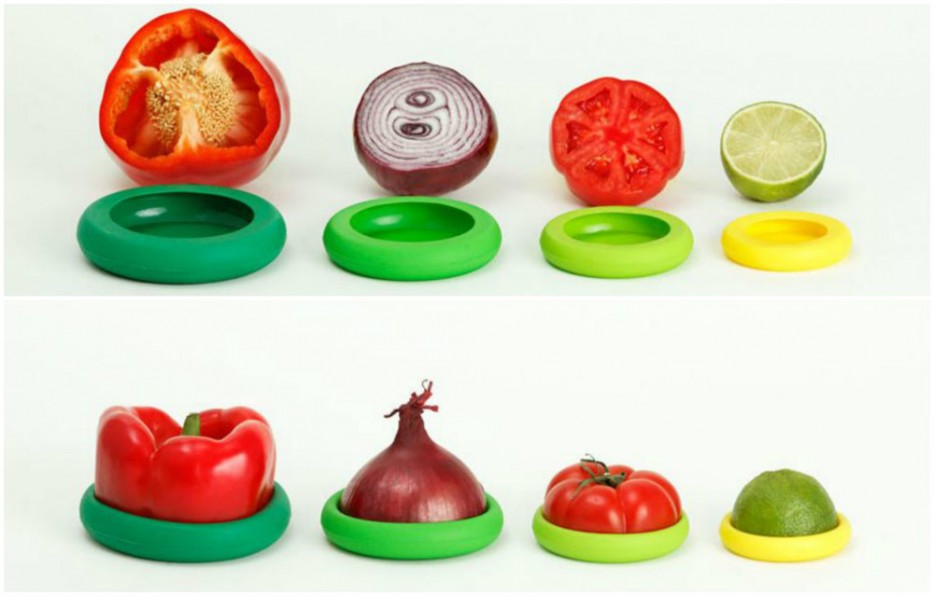
These genius Food Huggers keep nubs fresh and is a simple and effective way to reduce food waste and make the most of your ingredients. When you are cooking, it is easy to end up with small pieces of fruits or vegetables that are not large enough to use on their own. Instead of throwing these away, you can use a Food Hugger to keep them fresh and ready for use in your next recipe. These silicone covers fit tightly over the nubs, creating an airtight seal that helps to prevent spoilage and extend their shelf life. This makes it easy to use up all of your ingredients, and reduce food waste.
Bathe fresh berries in vinegar water to prevent insta-mold (also helps remove pesticide residue)

Fresh berries can quickly develop mold growth, but you can prevent this by washing them in vinegar water before storing them. You can also use hot water instead. Rinse the berries thoroughly and store them in a dry place to prevent mold growth.
Bake banana skins
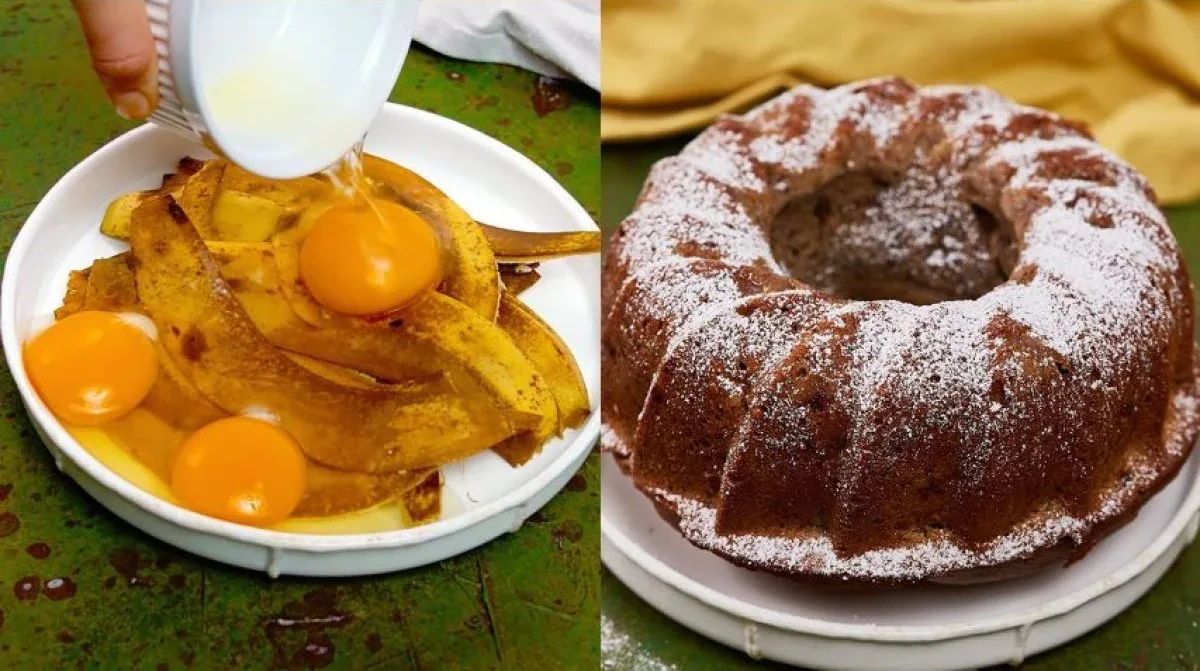
Instead of throwing away banana peels, consider using them to make delicious recipes. The skin of a banana is packed with nutrients such as potassium, magnesium, and vitamins B6 and B12. Banana peels also contain high levels of fiber which can help regulate digestion, lower cholesterol levels, and prevent heart disease.
Baking banana skins is a great way to consume all of these beneficial nutrients, but there are a variety of recipes online that make use of banana peels such as banana peel cake, banana peel curry, and even banana peel bacon. One fast and easy recipe to try out is banana peel tea. To make this, wash a banana thoroughly and remove the stem and tips of the banana. Cut the banana peel into small pieces and add them to a pot of boiling water. Let the mixture steep for about 10 minutes before straining and serving. This tea has a mild, fruity flavor and contains antioxidants and anti-inflammatory properties.
Hide garlic and onions in holey paper bags
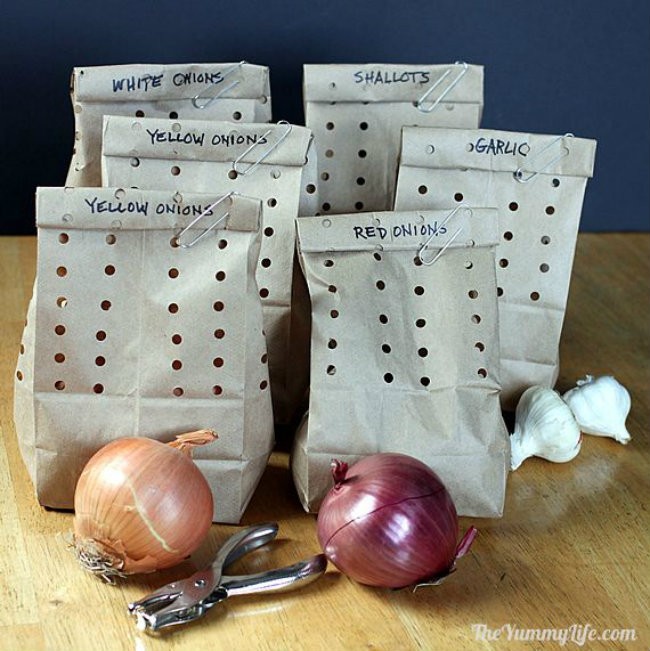
Store garlic and onions in perforated paper bags to keep them fresh and avoid mold growth for at least two months. Holes in the paper bags allow air to circulate, which prevents mold growth and keeps the garlic and onions fresh for an extended period. Storing them in the pantry, away from sunlight, can also help.
Store cut avocado with cut onion

Cut avocados turn brown quickly, but you can prevent this by storing them with cut onions. The sulfur from the onion prevents browning, and sprinkling apple cider vinegar over the avocado also helps. Placing the avocado pit inside the container with the avocado can also slow down the browning process.
Don't throw away wilted greens

Don't throw away your wilted greens like kale and spinach, or herbs just yet. You can still make use of them in dishes like omelets, scrambled eggs, stir-fries, smoothies, and other recipes that would naturally wilt them. These greens are still packed with nutrition and flavor, and you'd be wasting them if you simply throw them in the trash. So, be creative and find ways to incorporate them into your cooking!
Microwave citrus for 10-20 seconds before squeezing

To get more juice out of citrus fruits, microwave them for 10-20 seconds before squeezing them. Warming the fruits helps release more juice than cold fruits. You can also place the fruits in hot water for a few minutes to warm them up.
Store apples and potatoes together
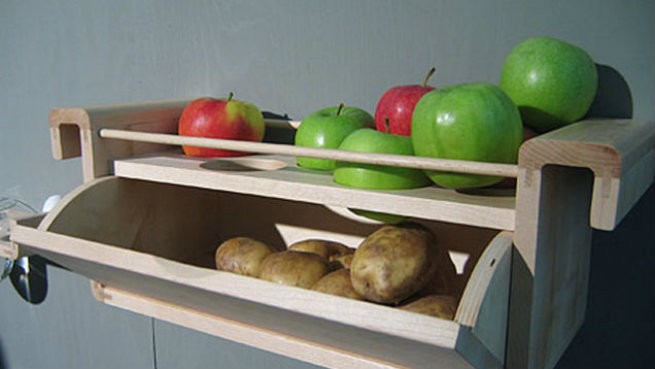
Apples and potatoes can be stored together to prevent potatoes from sprouting. This is because apples emit ethylene gas, which inhibits potato sprouts. Other fruits that produce ethylene gas include bananas, kiwis, and pears. Avoid storing potatoes near onions and garlic as they can hasten sprouting instead.
Never throw stale bread away -- it's the ingredient for delicious croutons

Whenever possible, turn stale bread into tasty homemade croutons. It's so easy and so delicious! The process requires a baking sheet, oil, and seasoning of your choice. Cut the bread into cubes, drizzle with oil, sprinkle with salt, pepper, and any herbs you like, and then bake for ten minutes. Once they're crispy and golden brown, remove them from the oven and let them cool. You can add the croutons to your favorite salads or soups, and they'll add a crunchy texture and extra flavor.
Add warm milk to the dregs of a Nutella jar and shake
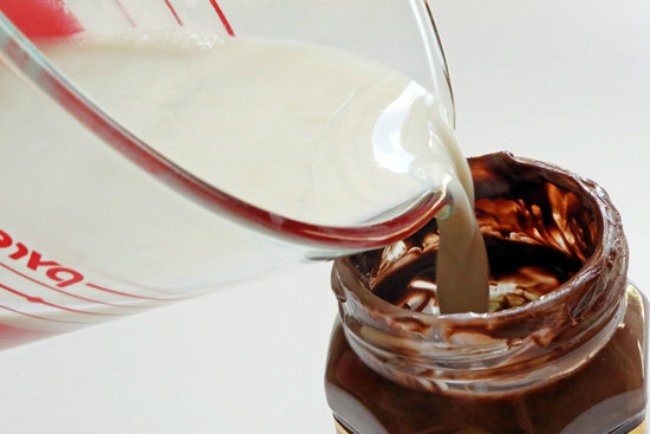
Pour warm milk into the remaining Nutella in a jar and shake it to make instant hot chocolate. This method also works with marshmallows as an easy ice cream topping. You can also use the remaining Nutella to make homemade hot chocolate or add it to your coffee.
Peel mangoes with a glass
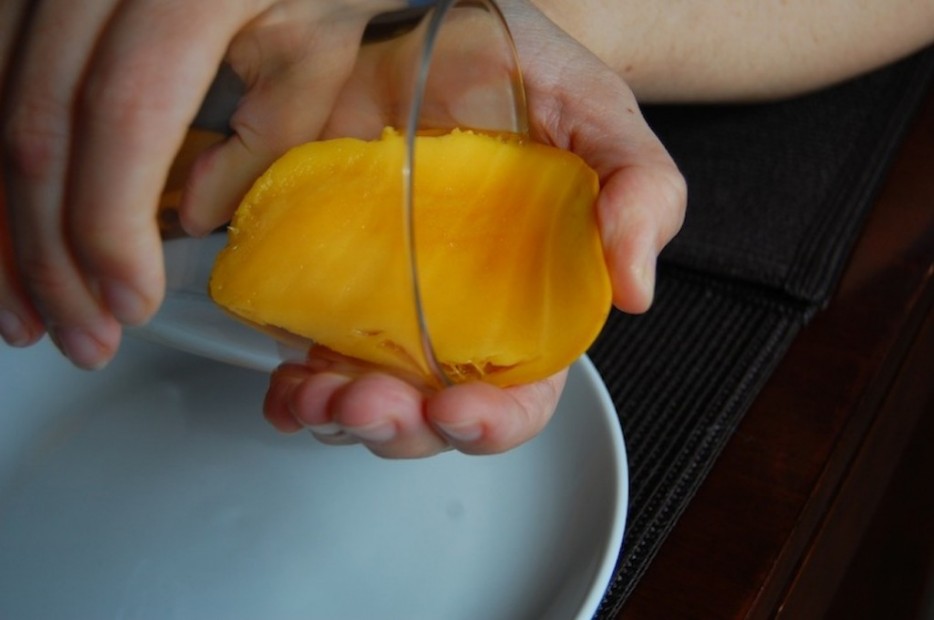
Peel mangoes using a glass to prevent sticky fingers and avoid leaving any mango behind. Simply slice the mango in half, then slide the glass between the flesh and skin to separate them.
Use the power of the smoothie
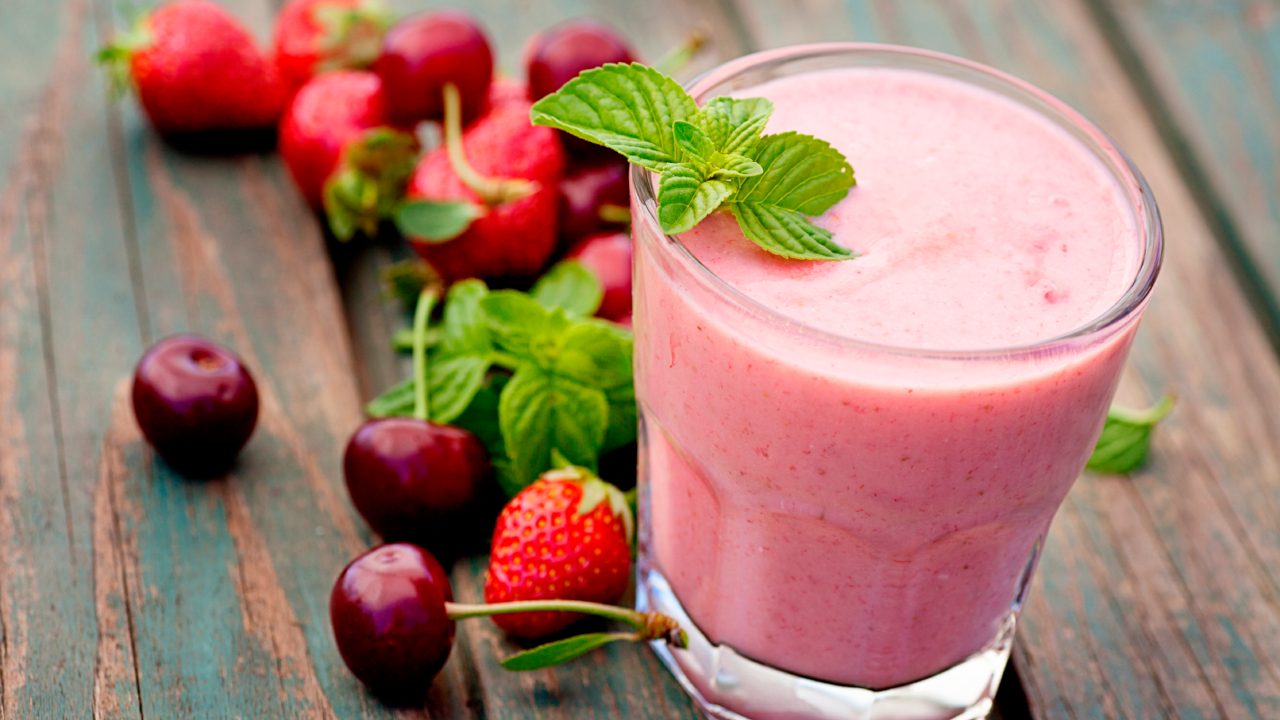
If you have fruits that are on the verge of going bad, don't throw them away. Turn them into a healthy and delicious smoothie instead. Fruits that are slightly overripe can still be used for smoothies as long as they are not moldy.
To make the smoothie, put the fruits in a blender along with other ingredients such as milk and oats. Milk provides a creamy base to the smoothie, while oats give it a thicker consistency. You can also add yogurt or ice cream for a richer flavor. To make the smoothie even healthier, you can add a scoop of protein powder or a handful of spinach.
Making a smoothie is a quick and easy way to use up leftover fruits and vegetables, and it's a great option for busy mornings when you don't have time to make a full breakfast. With a little creativity and experimentation, you can create a variety of delicious and healthy smoothies using your leftover produce.
Store pineapple upside down
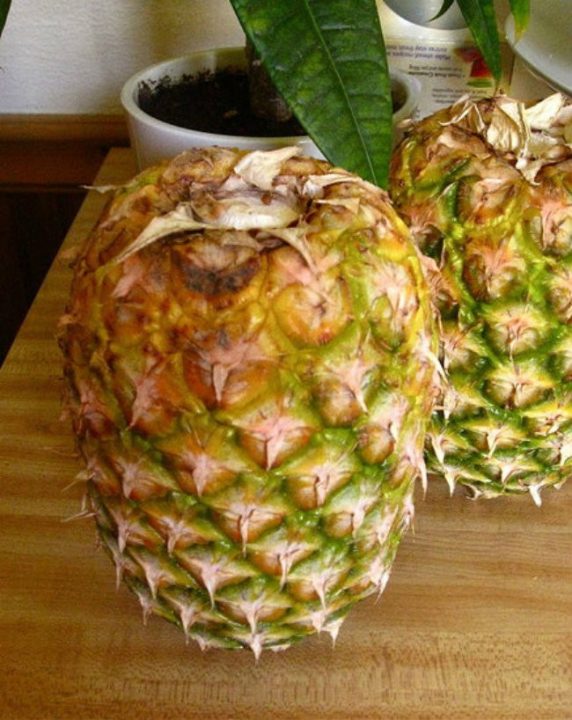
Store pineapples upside down to speed up the ripening process by forcing the sugars to flow to the top. However, ensure to remove the top leaves first. This method also helps to distribute the sweetness of the fruit evenly.
Revive stale crackers and chips by zapping in the microwave
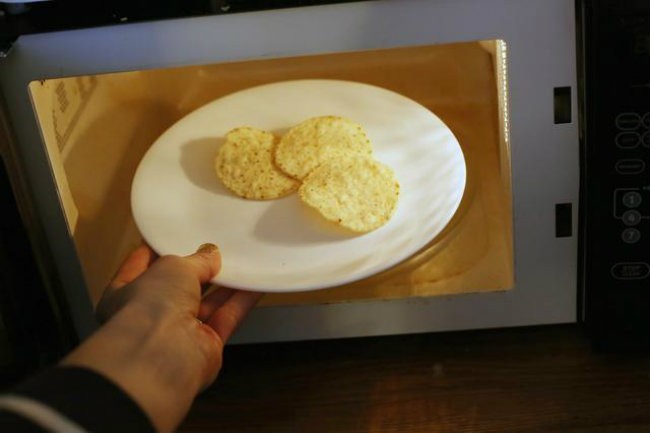
Reviving stale crackers and chips by zapping them in the microwave or real oven is a quick and easy way to restore their crispiness and make them more enjoyable to eat. Stale crackers and chips can be a real disappointment, especially if they are your favorite snack. But with this simple trick, you can bring them back to life in just a few minutes. The heat from the microwave or oven helps to drive off any excess moisture that might be present in the crackers or chips, which is often the cause of their stale texture. This makes them crispy and crunchy once again, just like they were when they were fresh.
Wrap celery in foil
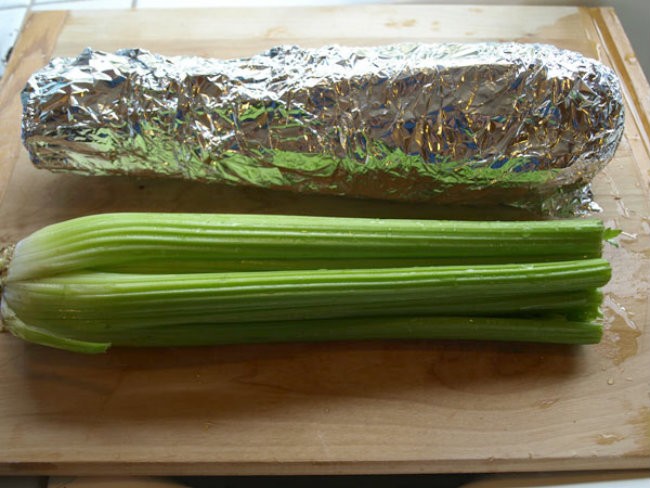
Wrap celery and broccoli in foil to keep them fresh for up to a month. Foil helps to regulate the moisture and temperature, which can prevent them from spoiling quickly.
Flip natural nut butter upside down a few days before you open it
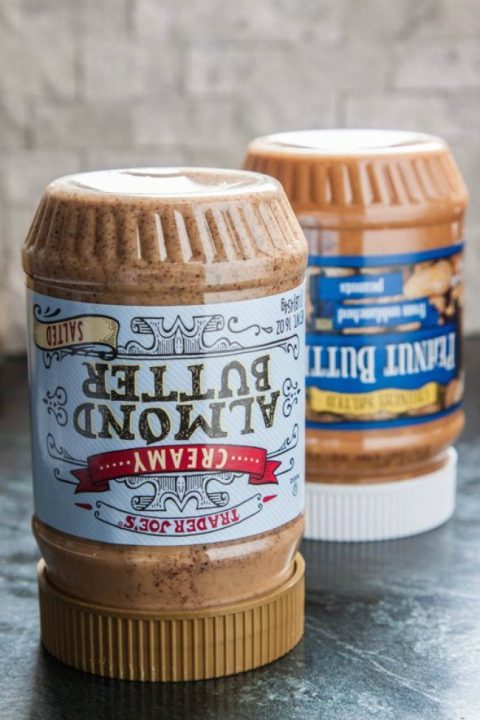
Pour natural nut butter upside down a few days before you open it to make stirring easier and avoid the stiff bottom layer that usually gets tossed with the jar.
Wrap banana crowns in plastic wrap
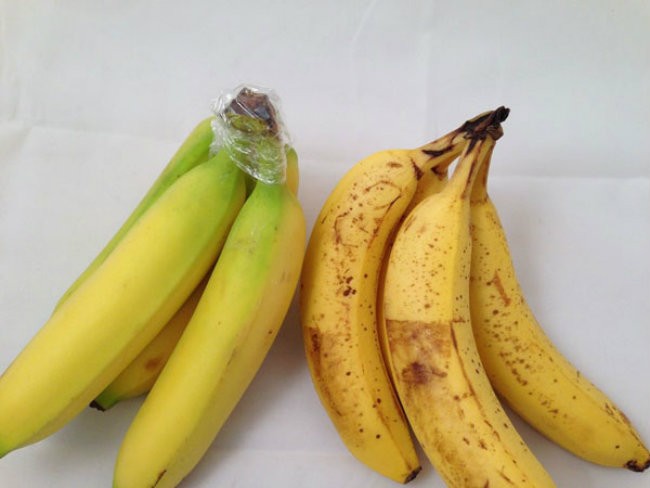
Wrap banana crowns in plastic wrap to keep them fresh for 3-5 days longer than usual. Wrapping the crowns helps to slow down the ripening process and prevent them from going bad too quickly.
Make herb butter ice cubes
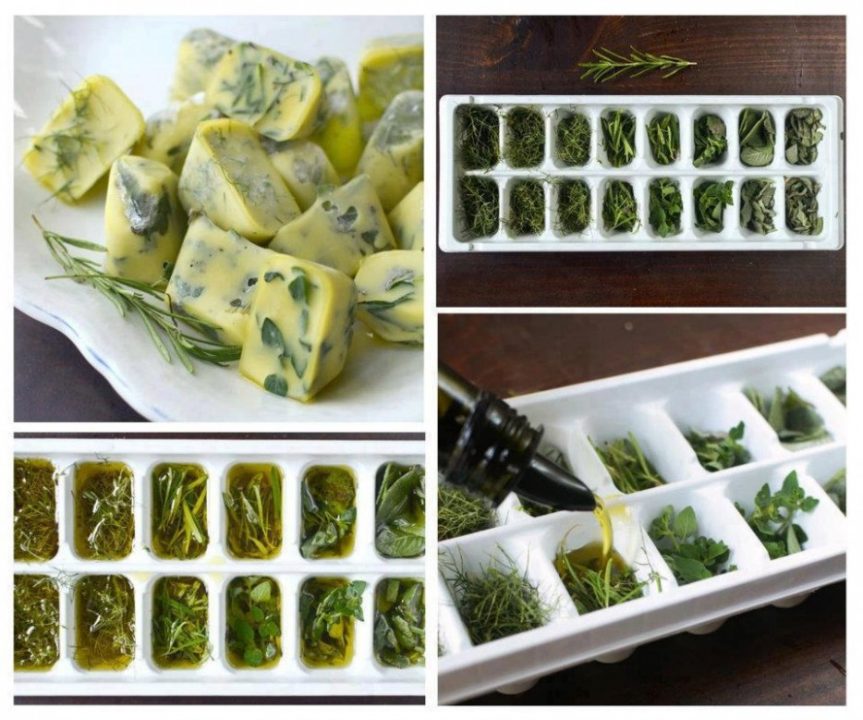
Fresh herbs spoil quickly. Make herb butter ice cubes by chopping fresh herbs and mixing them with melted butter or olive oil. Then, pour the mixture into ice cube trays to preserve perfect portions for future meals. You can also use these herb butter cubes to add flavor to your soups, sauces, or roasted vegetables.
Store lettuce with paper towels

Storing lettuce with paper towels is a simple and effective method for extending the shelf life of this popular leafy green vegetable. The paper towel serves as a barrier between the lettuce and any excess moisture that might be present in the container. By absorbing the excess moisture, the paper towel helps to maintain the crispness and freshness of the lettuce for a longer period of time.
Add spent coffee grounds to potted plants
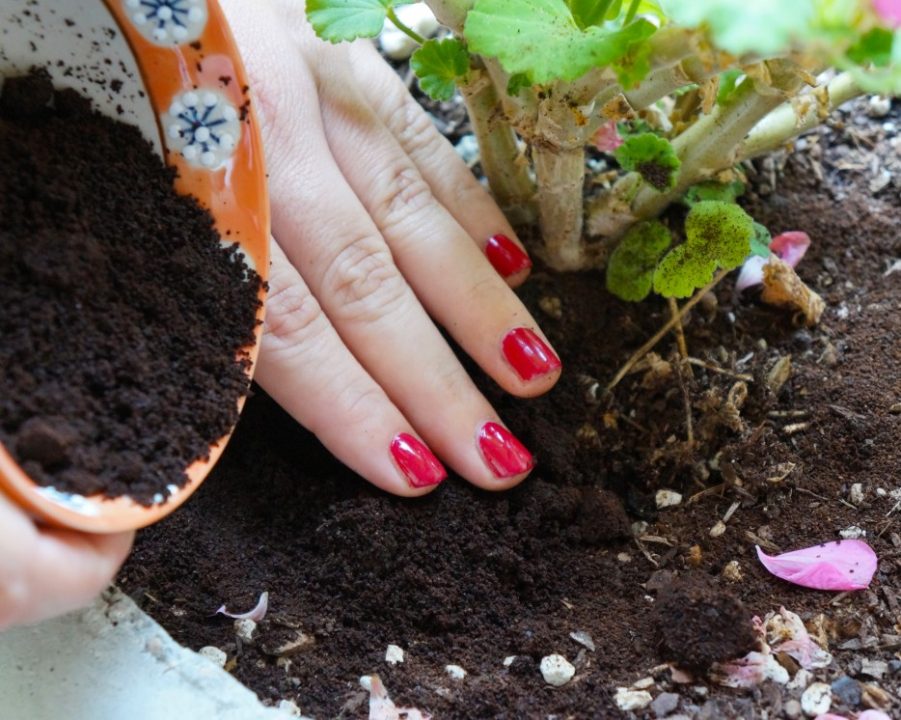
Adding spent coffee grounds to potted plants is a great way to provide valuable nutrients to acid-loving plants like roses, hydrangeas, blueberries, raspberries, strawberries, and tomatoes. Coffee grounds are rich in nitrogen, phosphorus, and potassium, which are all essential nutrients for healthy plant growth. Crushed egg shells are also a primo fertilizer. This is a simple and eco-friendly way to repurpose a common kitchen waste product, and give your plants a natural boost.
Re-heat old pizza in a skillet

Re-heating old pizza in a skillet is a great way to restore its original crispiness, especially if it has become soggy or limp over time. Pizza is a popular food that many people enjoy, but it can lose its appeal when it is reheated in the microwave or oven. These methods often result in a soft and mushy texture, which can be disappointing. By heating the pizza in a skillet, you can take advantage of the oils in the crust, which help to restore its original crispiness. This gives it a fresh and delicious taste.
Regrow food from scraps and stumps
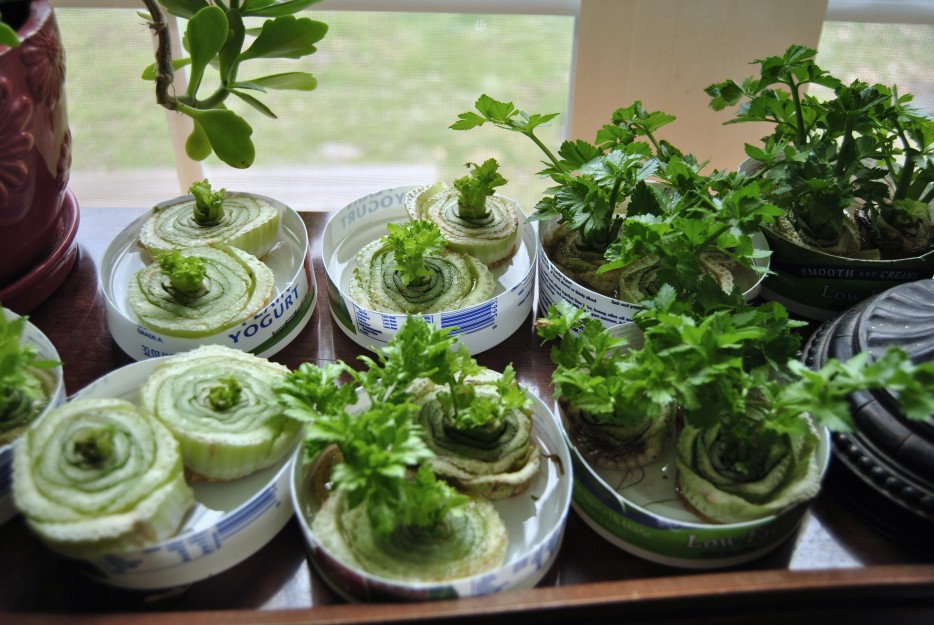
Regrowing food from scraps and stumps is an eco-friendly and cost-effective way to produce more fresh produce at home. There are over 20 different veggies, herbs, and even a few fruits that will re-sprout themselves, allowing you to grow your own food with minimal effort and expense. This can be a great way to supplement your grocery purchases, and reduce your environmental impact by reducing the amount of food waste that you generate. All you need is a bit of patience and some basic gardening knowledge, and you can enjoy a steady supply of fresh produce all year round.
 It's All Fucked Shirt $22.14 |
 |
 It's All Fucked Shirt $22.14 |

